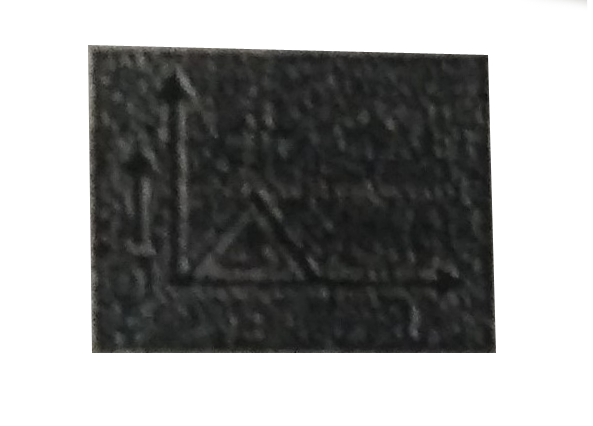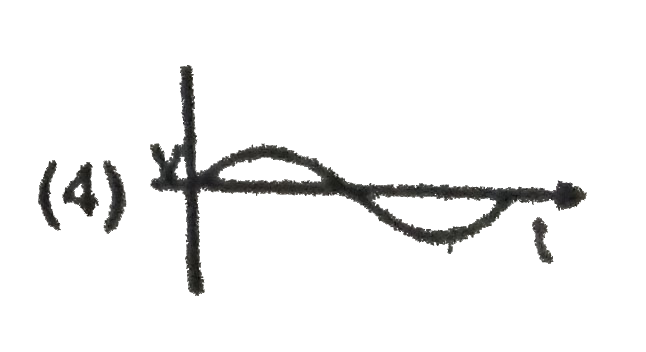From the graph between current I and voltage V shown below, identify the portion corresponding to negative resistanc

AB
BC
CD
DE
The correct Answer is:C
Topper's Solved these Questions
- CURRENT ELECTRICITYBOOK - ERRORLESS CHAPTER - CURRENT ELECTRICITYEXERCISE - Assertion & Reason
1 Videos
- CURRENT ELECTRICITYBOOK - ERRORLESS CHAPTER - CURRENT ELECTRICITYEXERCISE - Self Evaluation Test -19
23 Videos
- CURRENT ELECTRICITYBOOK - ERRORLESS CHAPTER - CURRENT ELECTRICITYEXERCISE - Critical Thinking
12 Videos
- COMMUNICATION SYSTEMBOOK - ERRORLESS CHAPTER - COMMUNICATION SYSTEMEXERCISE - S E T
14 Videos
- ELECTRO MAGNETIC INDUCTIONBOOK - ERRORLESS CHAPTER - ELECTRO MAGNETIC INDUCTIONEXERCISE - SET
20 Videos
Similar Questions
Knowledge Check
From the given between current I and voltage V shown in figure , indentify the portion corresponding to negative resistance
 ADEBCDCBCDAB
ADEBCDCBCDABThe graph between the current and the time for an inductance coil is shown below. Which of the following graph show the voltage-time variation-
 A
A B
B C
C D
D
Find the current I & voltage V in the circuit shown.

View SolutionGraph showing the variation of current versus voltage for a material GaAs is shown in figure. Identify the region of (i) negative resistance (ii) where Ohm's law is obeyed.

View SolutionGraph showing the variation of current versus voltage for a material GaAs is shown in figure. Identify the region of (i) negative resistance (ii) where Ohm's law is obeyed.

View SolutionGraph showing the variation of current versus voltage for a material Ga As (a semiconductor) is shown in the Fig. Identify the region of (i) negative resistance, (ii) where Ohm's law is obeyed.

View SolutionThe graph between the current and the time for an inductance coil is shown below. Which of the following graph show the voltage-time variation-

View SolutionThe values of current (I) flowng through a given resistor of resistance (R ), for the corresponding values of potential difference (V) across the resistor are as given below :

Plot a graph between current (I) and potential difference (V) and determine the resistance (R ) of the resistor.
View Solution

